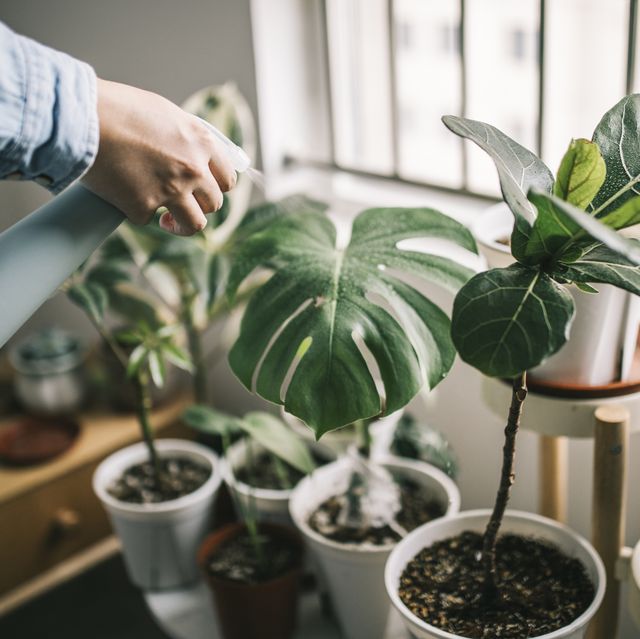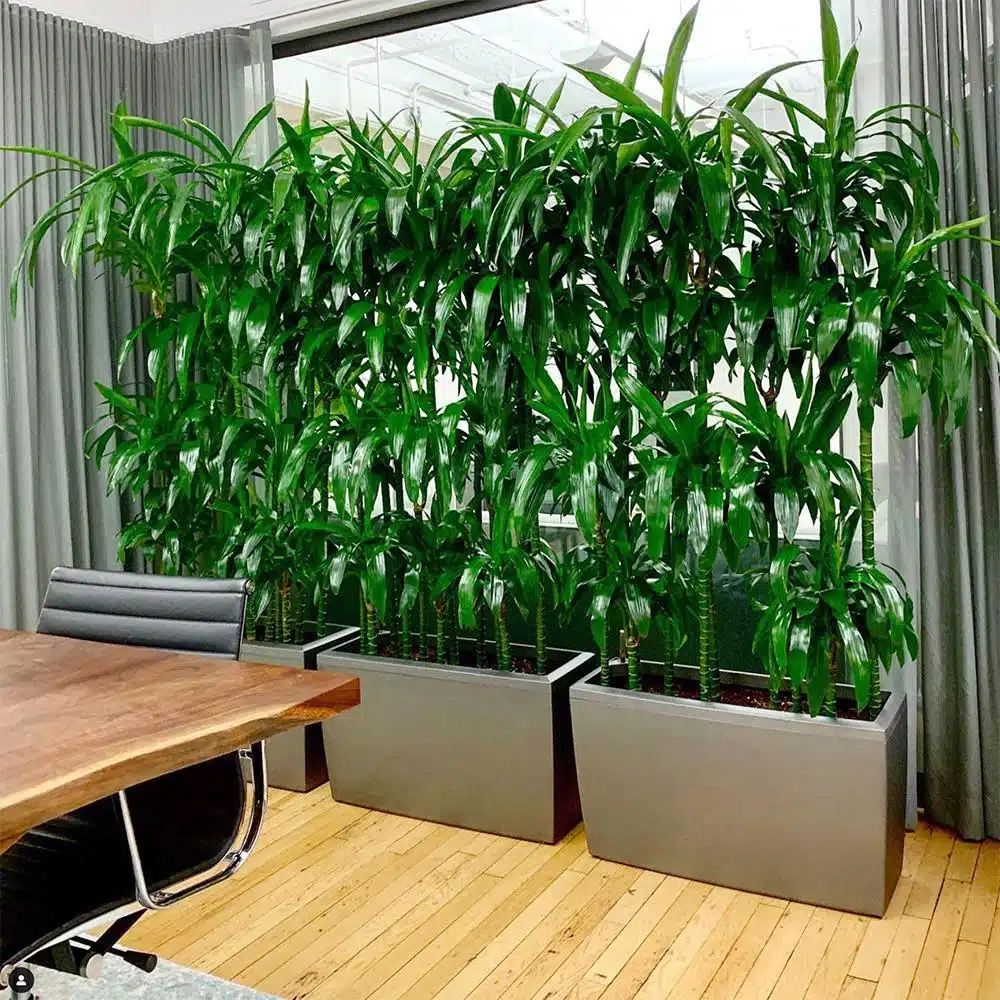Transform Your Home With Beautiful Low-Light Indoor Plants and Their Benefits
Integrating low-light interior plants right into your home can considerably boost both the ecological and aesthetic high quality of your living spaces. These plants, which thrive in dark problems, offer not only as attractive components yet additionally as all-natural air purifiers, making them optimal for metropolitan residents or those with limited sunlight direct exposure. As we discover the different kinds of low-light plants and their benefits, you may locate shocking methods to integrate them into your home that can transform your environments in means you could not have expected.
Benefits of Low-Light Plants
Low-light plants use many benefits for interior atmospheres, making them an exceptional option for both novice and seasoned garden enthusiasts. Among the primary advantages is their flexibility to low-light conditions, allowing people to improve their home without the demand for considerable sunlight direct exposure. This characteristic makes them optimal for houses, workplaces, and other locations with restricted all-natural light.

Additionally, including low-light plants right into home decoration can raise the aesthetic charm of an area. Their rich vegetation and differed appearances develop a calming atmosphere, contributing to overall well-being. Lastly, the visibility of plant has been connected to decreased stress degrees and boosted productivity, making low-light plants a functional choice for boosting both physical and psychological health and wellness in interior settings.
Leading Low-Light Indoor Plants
While many interior plants flourish in bright light, numerous species are specifically well-suited for low-light problems, making them optimal for various indoor rooms. One prominent choice is the Serpent Plant (Sansevieria), known for its striking upright fallen leaves and strength, requiring very little treatment. An additional outstanding choice is the Pothos (Epipremnum aureum), which includes heart-shaped fallen leaves and can trail perfectly from shelves or hangers, prospering in reduced light and including a lavish touch.
The ZZ Plant (Zamioculcas zamiifolia) is celebrated for its glossy leaves and capability to hold up against neglect, making it ideal for hectic way of lives. The Peace Lily (Spathiphyllum) not only tolerates reduced light yet also produces magnificent white flowers, boosting any type of area's visual.
For an unique touch, consider the Cast Iron Plant (Aspidistra elatior), which certainly lives up to its name, growing in the darkest corners of your home. Finally, the Chinese Evergreen (Aglaonema) provides a range of leaf patterns and colors while being exceptionally flexible in low-light problems. These plants not only beautify indoor settings yet likewise add to air purification, enhancing your home.
Treatment Tips for Low-Light Plants

Sprinkling techniques are crucial; these plants typically choose somewhat completely dry problems. Overwatering can bring about root rot, so make certain that the top inch of dirt is completely dry prior to sprinkling once again. Use pots with water drainage holes to allow excess wetness to escape.
Moisture is another essential variable. Numerous low-light plants, such as brushes and peace lilies, gain from greater humidity levels. To raise humidity, take into consideration misting the leaves or positioning a tray of water near the plants.
Fertilization ought to be come close to with care. During the expanding period, use a weakened, well balanced liquid plant food each month to sustain development, however avoid feeding throughout the inactive winter months.

Imaginative Ways to Present Plants
Indoor plants can serve as fascinating prime focus in any kind of area, enhancing both aesthetic charm and setting. Imaginative display screens can elevate the visual influence of low-light plants, making them an essential part of your home decoration. One reliable approach is to make use of tiered plant stands, which enable you to display multiple plants at varying elevations while making best use their website of floor area.
Hanging planters are an additional innovative alternative, developing a feeling of deepness and attracting the eye up. Consider macramé wall mounts or wall-mounted shelves to introduce an unique structure and style.
For an extra structured strategy, use geometric terrariums or glass containers to house your plants, adding a modern touch to your interior yard. You can additionally repurpose vintage things, such as teacups or wood dog crates, for an eclectic display that mirrors your personality.
Enhancing Home Setting With Plants
Integrating low-light plants right into your home not only improves aesthetic appeal but also adds considerably to the total atmosphere. These plants work as all-natural design components, presenting a feeling of peace that can change any room. The existence of greenery cultivates a soothing atmosphere, which is specifically valuable in high-stress atmospheres such as home offices or living rooms.
Low-light plants, such as snake plants, pothos, and ZZ plants, are not just cosmetically pleasing however also boost interior air high quality by filtering system toxins. This twin function enhances the setting additionally, creating a much healthier living room (Best low-light indoor plants). The critical placement of these plants can also affect the perception of room; as an example, high plants can draw the eye up, making ceilings show up higher and areas much more large
Furthermore, varying appearances and shades of vegetation include deepness to interior layout, allowing for imaginative expression in home styling. Whether put on racks, in corners, or as focal points, low-light plants can elevate the mood of any type of area. In recap, incorporating these plants into your home is an efficient method to promote a cozy, welcoming ambience while reaping the benefits of enhanced air high quality and visual versatility.
Final Thought
Integrating low-light interior plants into home atmospheres offers various benefits, consisting of boosted visual allure and boosted air top quality. These resilient plants, such as the Snake Plant and Peace Lily, require minimal light and maintenance, making them appropriate for diverse way of livings. Their ability to filter pollutants adds to a healthier living area, while their different appearances and shades enhance look at this website indoor style (Best low-light indoor plants). Inevitably, the incorporation of low-light plants cultivates a calm and welcoming setting, changing any kind of home right into a tranquil oasis.
While many interior plants prosper in brilliant light, several species are specifically appropriate for low-light conditions, making them perfect for numerous interior spaces. One effective technique is to use tiered plant stands, which allow you to display several plants at varying elevations while taking full advantage of floor room.
Low-light plants, such as snake plants, pothos, and ZZ plants, are not just visually pleasing yet Discover More also boost indoor air top quality by filtering toxins. Best low-light indoor plants. The strategic placement of these plants can additionally influence the assumption of area; for circumstances, high plants can attract the eye upward, making ceilings appear greater and spaces extra roomy
These resistant plants, such as the Snake Plant and Peace Lily, need marginal light and maintenance, making them appropriate for varied way of livings.
Comments on “Where to Place the Best Low-Light Indoor Plants in Your Home for Maximum Impact”